Netflix has been around so long that people might be surprised it took us until now to discuss it, or that we’d never tried it, and we still have yet to try their more traditional DVD by mail product.
Netflix is an obvious choice for someone looking to downsize their monthly entertainment budget. However, they are making the transition from their old business model, movies by mail, to the new one, streaming. For those who are HD purists, there are problems. Back in October, users were complaining that despite the premium for a blu-ray subscription, Netflix wasn’t acquiring catalog titles in blu-ray, and was generally neglecting that aspect of their business.
So, that said, let’s focus on the streaming. They offer an unlimited streaming plan for $7.99 a month. Netflix does offer HD streaming on some titles, but it is a limited subset of their overall catalog, and it is not yet perfect, by any means. Â Overall, watching SD content, we found it of acceptable quality. The big issue is selection.
Netflix is aggressively negotiating deals with content providers to get their content on its service. However, in looking at the most current popular TV shows, Netflix tends to offer older episodes, and not as large a selection, and is significantly behind Hulu on overall popular TV content offerings. If you want classic TV and related offers, Netflix offers a great overall selection. In popular movies of 2010, Netflix is offering only about ten percent. But this is a problem for streaming overall.
To be honest, if it was a matter of content, there is enough on Netflix streaming to give us many many hours of entertainment. In that regard, it is a great service. We can sit around and catch up on older content we missed, as well as dozens of movies. To make this point, let’s look at instantwatcher, a third-party Netflix watching site. At the time of this writing, the most popular movie being watched was Get Shorty, circa 1995, which had just become available to streaming two days earlier. There were a few breakout hits from the last few years in the list, such as Shutter Island, as well, but again, this is where streaming is lacking. The selection is slowly improving as Netflix makes new deals.
So, never having a problem finding something to watch, if not always a currently popular item, means Netflix will keep you entertained. And its recommendation engine is relatively good, after it gets to know you, at making suggestions.
As a positive push, the company has ensured the ubiquity of Netflix streaming on devices. If you have a Windows or Mac machine, you can stream to your computer. Much to many people’s annoyances, it is not offered on Linux. The majority of network-enabled TVs and blu-ray players now embed Netflix streaming, as does the AppleTV, WD TV Live, and of course, the Roku Video Player, which started life as the Roku Netflix Box. A variety of game consoles, such as the Wii, PS3, and XBox also support Netflix.
We used the Roku box, as the least expensive and tiny piece of hardware, to do our testing, but clearly Netflix streaming support is now a core feature everywhere, to the point that Netflix has successfully arranged for a Netflix button to appear on many devices that have the service built in.
Should you get Netflix? We’d say yes, with a caveat. If you are putting in a Netflix plan to your overall budget and, as a result, justify a reduction in your cable service level, then it is certainly worth it. But, by itself, it is not a complete solution. More on that to come.

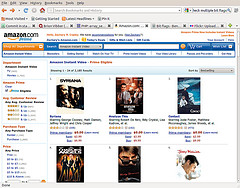
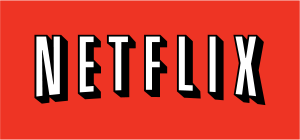

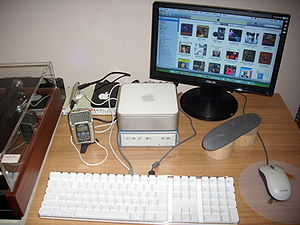

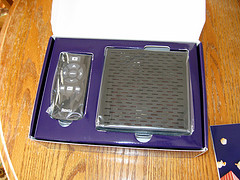

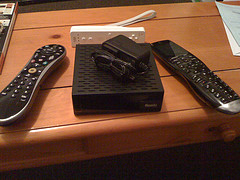



![Reblog this post [with Zemanta]](http://img.zemanta.com/reblog_e.png?x-id=7e072992-a120-4781-8f83-cf3e1ecb9ade)


![Reblog this post [with Zemanta]](http://img.zemanta.com/reblog_e.png?x-id=702fbfeb-2eaf-4e42-ae89-8ffee00bbd14)
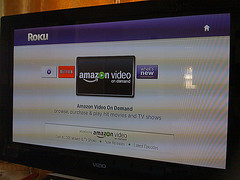

![Reblog this post [with Zemanta]](http://img.zemanta.com/reblog_e.png?x-id=00fd589d-12e2-480c-b3bd-9c796ad6595a)
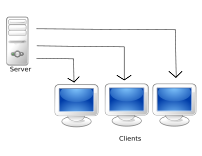

![Reblog this post [with Zemanta]](http://img.zemanta.com/reblog_e.png?x-id=df414f6d-527d-45f2-9ac5-fe3a4fd54312)